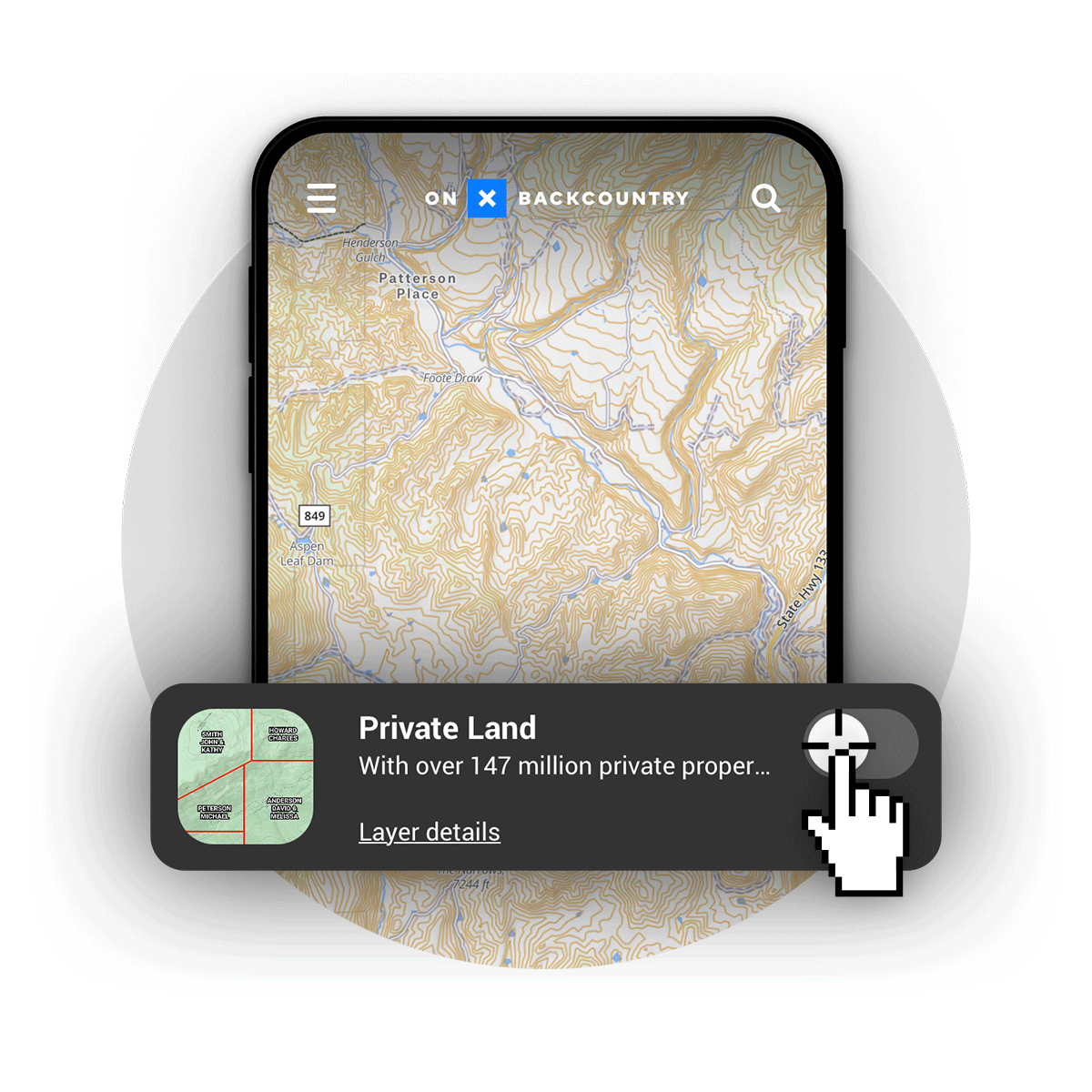onX Backcountry Guide to Dispersed Camping
Whether you’re fed up with crowded campgrounds, the fees, or just trying to be closer to nature—dispersed camping can be an incredible way to spend a summer night. Yet, with great freedom comes great responsibility, so here’s a rundown of how to start dispersed camping, where you can do it, and considerations to take into account when you do.
What Is Dispersed Camping?
Also known as boondocking or dry camping, dispersed camping is camping outside of a designated campground primarily on Bureau Of Land Management (BLM) Land or National Forests without amenities. No fees, first come-first served; just you, Mother Nature, and your trowel (more on that later). There are so many reasons to stay at designated campsites including bathrooms, fellow campers, fire rings, and connectivity. However, all those things make compelling arguments for wanting to escape them as well. In some places, staying in a campground is basically a requirement due to land designations such as national parks and private land. For those reasons, we’ve made it really easy to find campsites and book through our App. Simply zoom in on a campsite and click the icon to be linked out to a reservation platform.
Yet, for those people looking to level up and try something other than a campground, consider dispersed camping. This can take many forms, such as driving up a forest road, backpacking into a Wilderness zone, or parking the RV in a desert.
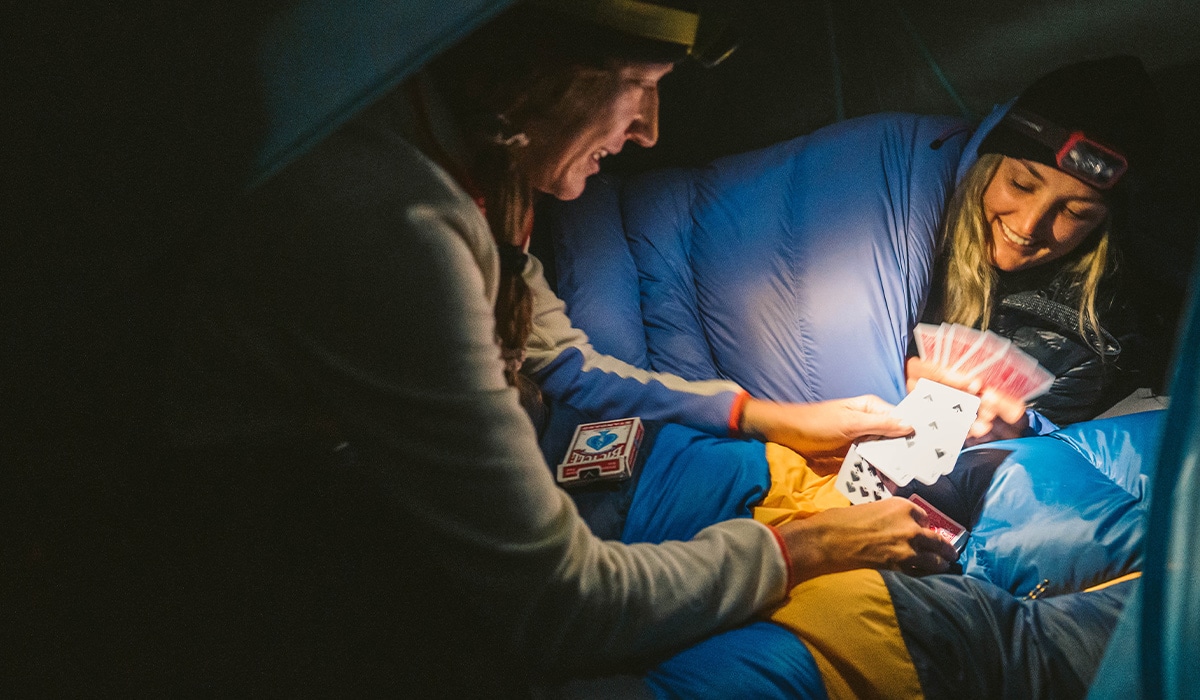
Where You Can Dispersed Camp
It’s helpful to narrow your focus into two key land agencies that offer it—the National Forest Service and the Bureau of Land Management (BLM). The U.S. Forest Service manages approximately 193 million acres of land, roughly the size of Texas, and the BLM manages 245 million acres. These areas are easily located in the onX Backcountry Basemap with BLM in yellow and National Forest denoted in green.
Beyond land designation status, there are a few cool tools out there such as Freecampsites.net that crowdsource information about campsites.
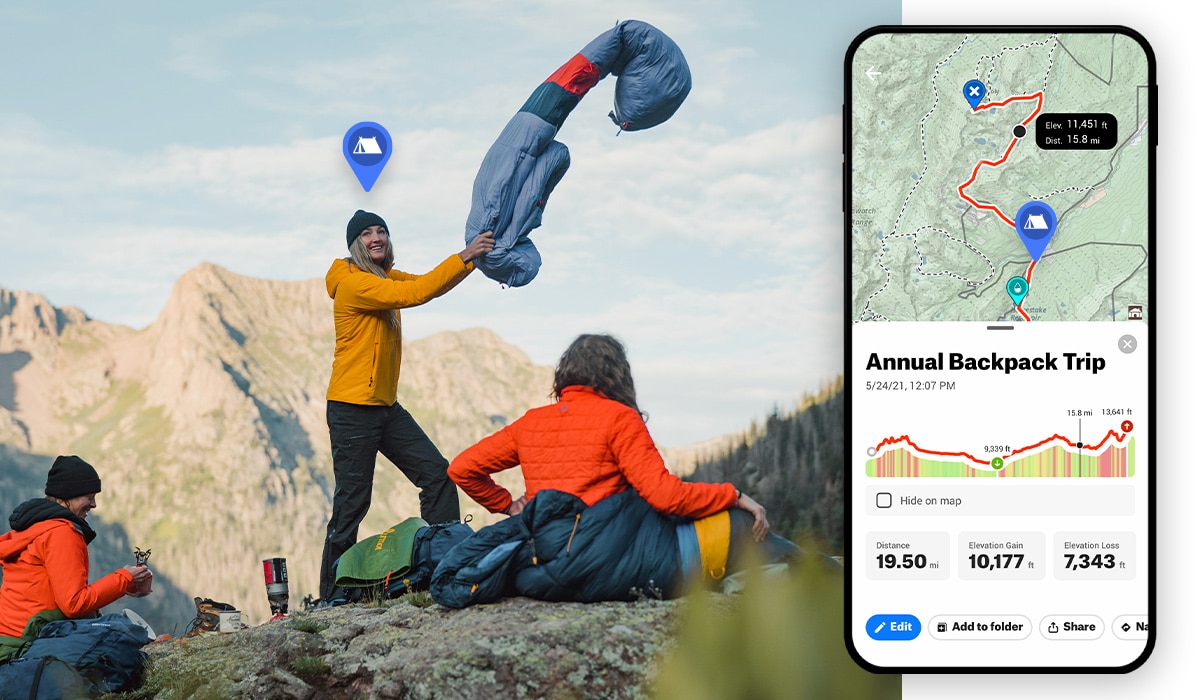
The Rules
As such, there are some general guidelines that you need to follow:
- Campers may stay a maximum of 16 days in any 30-day period.
- You must be a minimum of 100 feet away from a water source.
- Pack it in. Pack it out. Abide by all the rules of Leave No Trace.
What To Bring
Broadly, you’ll need to be prepared for self-contained camping meaning that there’s no potable water supply, bathroom, cell signal, or facilities like tables or fire rings. Bringing enough water for drinking, dishes, cooking, and bathing (optional) is priority #1. Additionally, if there is a stream nearby, ensure that you bring a water treatment mechanism.
Expect that there are no toilet facilities. Come equipped with a trowel to dig your six-inch cathole that is at least 200 feet from the nearest water source. Or better yet, bring the W.A.G. bag and stow it in your friend’s pack for easy transport.
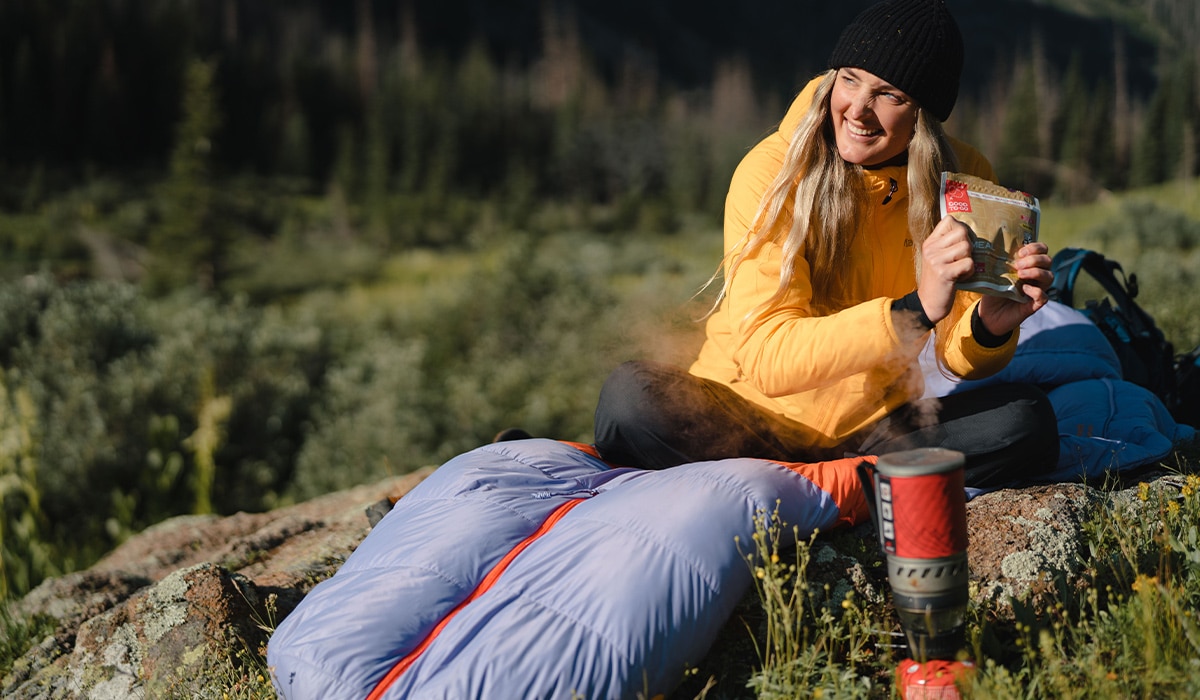
How To Use onX Backcountry to Dispersed Camp
As mentioned previously, we’ve color-coded the two federal land managers you should key in on. Using forest roads, trailheads, and other key Points of Interest (all accessible in Basemaps for Premium users) you can position yourself in a spot that abides by all the guidelines listed above. Things like the Line Tool make it easy to measure distances to a water source, the road, or even other campsites that are in the area. Once you have a spot you’ve keyed in on, call the land manager to confirm you’re okay to camp there and to double-check the local regulations.
Be sure to have a plan A, B, and C campsite picked out using Waypoints, as your prized spot may already be occupied. Ensure that you check the weather in your optimal zone to understand whether you’ll be sleeping under the stars or not sleeping at all. We’d recommend throwing on Tracker, yes even if you’re driving to your site, so that you’ll know where you’ve already been while looking for a campsite.
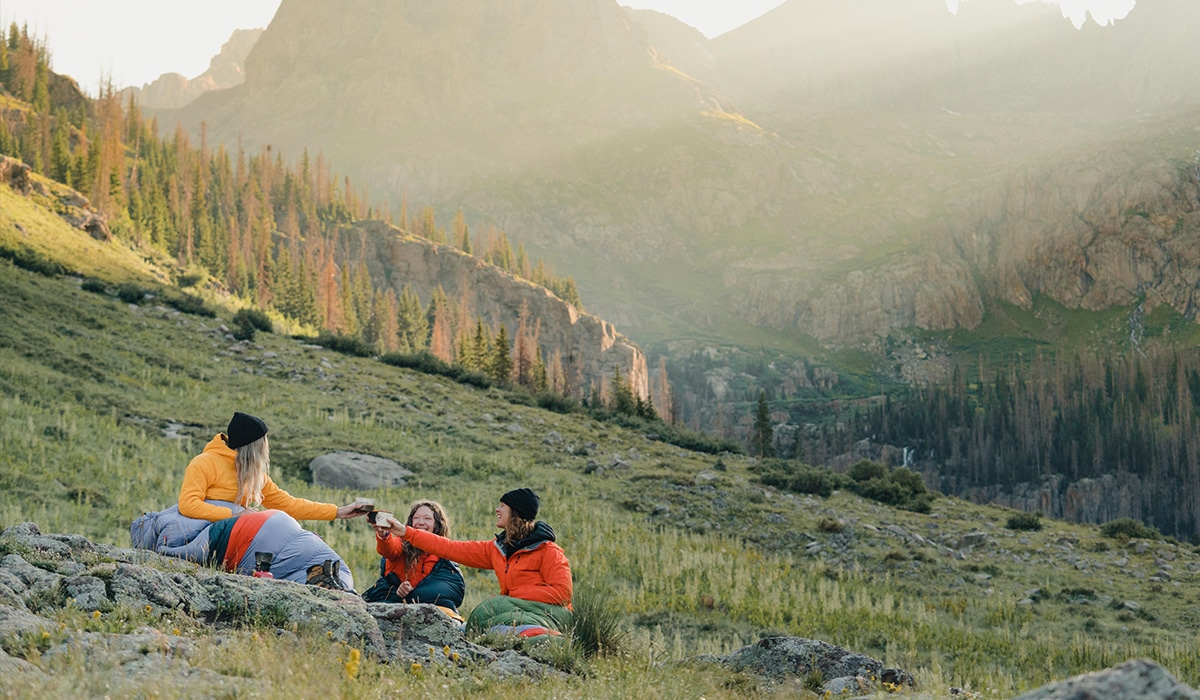
Once you’re settled into your campsite, explore using onX Backcountry with the Discover feature which has countless trails, waterfalls, and view Points of Interest. Before you hit the road, ensure you’ve got your Offline Maps downloaded so you always know where you’re at on the map.
Analyze Private Land with onX Backcountry Elite
onX Backcountry Elite provides you with essential public and private land boundary information. With the Private Land Layer, you can see the boundaries of privately owned land as well as landowner information. This is particularly important when you are setting up camp to ensure you’re not trespassing on private lands. With the Private Land Layer, onX Backcountry has made it easier for outdoor enthusiasts to navigate their surroundings and enjoy their favorite activities without infringing on others’ property rights.
